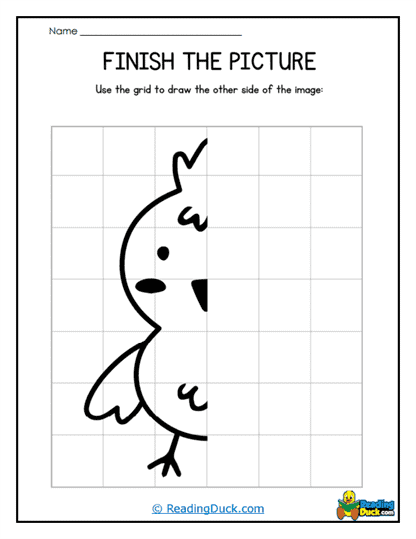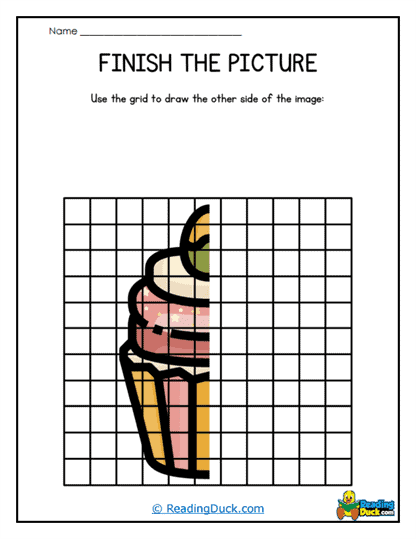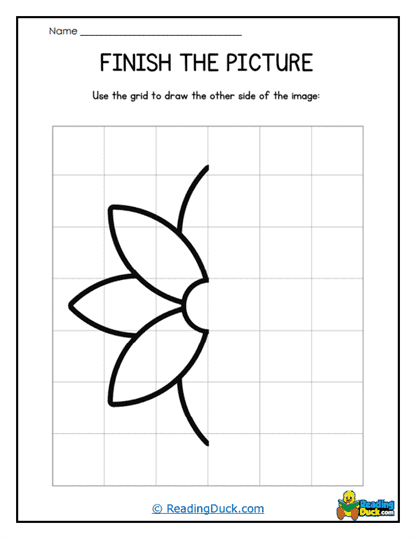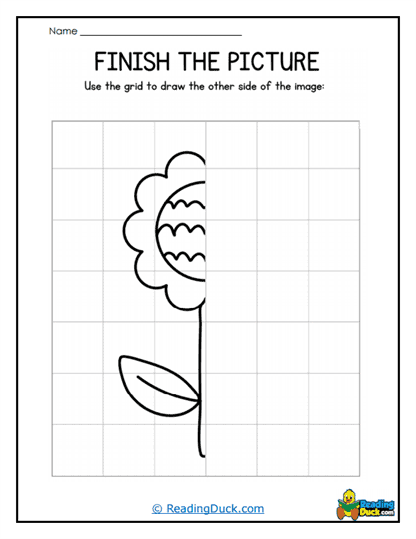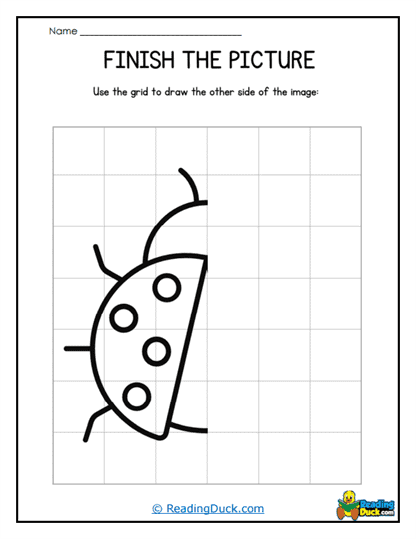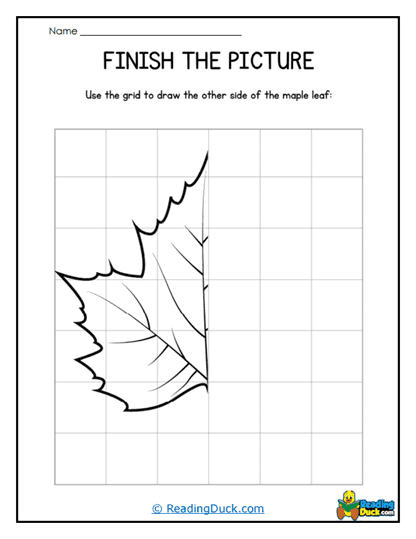Free Hand Worksheets
About Our Free Hand Worksheets
These printable worksheets are meticulously structured to guide learners through the essentials of free hand, a form of writing where each letter is formed with simplicity and consistency, without the need for intricate curves or connections. Unlike cursive or other decorative forms, Free Hand handwriting focuses on straightforward, legible letters that are easy to replicate and ideal for beginners.
These worksheets are accessible and engaging for students and provide a straightforward and structured approach to practicing each letter of the alphabet, numbers, and even common words. The design of worksheets emphasizes consistency and accuracy, which are the foundational skills students need to develop a reliable handwriting style. By incorporating visual guidance such as dotted letters, line guides, and tracing features, these worksheets give students a clear path to follow as they build confidence in writing.
The purpose of these worksheets extends beyond mere letter formation; they are a tool for developing muscle memory and enhancing coordination, helping students create letters that are consistently shaped and properly spaced. This approach makes Free Hand Worksheets a valuable resource for educators and parents who aim to help students achieve handwriting that is both neat and readable. Whether used in classrooms or at home, these worksheets offer a structured way for learners to gain proficiency in their handwriting, preparing them for more advanced writing exercises.
What is Free Hand?
It is a style of writing that emphasizes clarity and simplicity. In contrast to cursive, where letters connect in a flowing manner, Free Hand handwriting involves forming each letter separately, with clear, straight lines and uniform shapes. This style is particularly beneficial for younger students or anyone just beginning to learn how to write. It reduces the complexity involved in letter formation, making it easier to focus on uniformity, size, and placement without needing to worry about connections between letters.
The main characteristics of free hand include the absence of connecting strokes, the use of straight lines, and a strong focus on maintaining uniformity in each letter’s shape and size. This straightforward approach simplifies the writing process, making Free Hand ideal for beginners who benefit from less intricate handwriting techniques. Additionally, Free Hand handwriting encourages a disciplined approach to letter spacing and line alignment, two essential elements that improve readability and aesthetic appeal in writing.
For students and teachers, free hand worksheets provide a structured framework to practice and refine these fundamental skills. By focusing on individual letters without requiring connective flourishes, students can concentrate on precision and accuracy. In academic settings, Free Hand handwriting is particularly useful because it produces clear, readable text that supports students’ learning in a wide array of subjects. For personal use, mastering Free Hand handwriting offers an effective, efficient style that is suitable for everyday writing tasks, from note-taking to journaling.
Layout and Structure
Each worksheet includes the following elements:
Line Guides - These guides are essential for teaching students how to position letters correctly within defined spaces. Worksheets include horizontal lines to indicate the baseline, midline, and topline, helping students understand where each part of the letter should align. This guidance allows students to see where letters should begin and end, reinforcing consistent letter size and position.
Tracing Features - At the initial stages of handwriting practice, tracing is an effective way for students to learn letter shapes. Free Hand Worksheets often include dotted outlines of letters that students can trace over. This tracing feature offers visual support for students, allowing them to become familiar with each letter’s form before attempting to write it independently.
Letter Spacing - Proper spacing between letters is an important aspect of readable handwriting. Free Hand Worksheets provide spacing indicators to show students how much space should be maintained between each letter. Practicing with these spacing guidelines helps students develop an intuitive sense of proportion and prevents overcrowded or illegible text.
Letter Patterns and Repetition - To build muscle memory, Free Hand Worksheets incorporate exercises that require students to repeat each letter multiple times. This repetition solidifies students’ understanding of each letter’s structure and promotes accuracy in letter formation. Repetition is especially helpful for developing the muscle control needed for smooth, steady handwriting.
The layout of these worksheets is structured to support gradual skill-building. Beginning with tracing and line guidance, students are introduced to each letter in a controlled environment. As they progress, worksheets reduce the amount of guidance, encouraging students to write letters independently while still adhering to the principles of Free Hand handwriting.
How These Worksheets Can Help Students
Improved Hand-Eye Coordination - Free Hand handwriting requires students to focus on forming each letter accurately, which strengthens hand-eye coordination. Following straight lines and structured patterns demands attention and precision, helping students develop fine motor skills that are crucial for handwriting and other tasks requiring coordination. Practicing these skills also reinforces neural pathways associated with coordination, making each repetition a building block for smoother, more controlled movement. Over time, this refined hand-eye coordination transfers to other learning activities, supporting tasks like reading alignment, visual tracking, and object manipulation.
Development of Muscle Memory - By practicing consistent letter shapes and spacing, students build muscle memory that allows them to write each letter fluidly and confidently. This muscle memory is essential for handwriting that is not only legible but also efficient, as students no longer need to consciously focus on each letter’s shape as they become more experienced. Muscle memory allows students to write smoothly and at a quicker pace, which becomes particularly beneficial as writing demands increase in higher grades. With reduced mental strain, students can better focus on the content of their writing, improving both speed and comprehension in written assignments.
Strengthening Fine Motor Skills - Writing each letter accurately and with the correct spacing requires fine motor skills, particularly in the hand and wrist. Handwriting practice strengthens these muscles and improves control, making other tasks that require precision—such as drawing, buttoning clothes, and even typing—easier for young learners. Engaging in Free Hand practice helps stabilize hand movements and reduces shakiness, which can contribute to improved overall confidence in performing other daily activities. Strengthened motor skills also promote dexterity and hand endurance, which are important as students tackle increasingly complex tasks in and out of the classroom.
Increased Confidence in Writing - Free Hand Worksheets provide a structured path for beginners, allowing them to achieve successful results from the very start. This experience of accomplishment can significantly boost students' confidence. As students see improvement in their handwriting skills, they gain a sense of pride and motivation to continue practicing, making handwriting a positive and enjoyable experience. This growing confidence extends beyond handwriting, fostering a mindset that empowers them to tackle new and challenging learning experiences with greater assurance.
Activation of Cognitive and Memory Centers - When students engage in handwriting practice, they activate areas of the brain associated with memory, attention, and language. This mental engagement enhances learning, as the brain’s involvement in handwriting supports a deeper retention of information. By combining mental processing with physical activity, handwriting activates multiple sensory inputs, making the learning process richer and more impactful. Writing by hand also encourages students to think about each word as they write it, reinforcing literacy skills and aiding in the internalization of language patterns.
Foundation for Cursive Writing - While Free Hand is a style focused on simplicity and separation, it also serves as a foundation for more complex handwriting forms like cursive. The consistency and muscle memory built through Free Hand practice prepare students for the additional challenge of connecting letters in cursive, allowing for a smoother transition between writing styles. Learning the basics of spacing, alignment, and letter form in Free Hand provides students with the spatial awareness needed for cursive flow and rhythm. This foundation supports a well-rounded handwriting skill set, making it easier for students to adapt to various writing styles as needed.
Enhanced Language Development and Expression - Practicing Free Hand handwriting aids in more than just letter formation; it supports overall language development. Writing by hand encourages cognitive engagement with each letter, word, and sentence. By forming each word carefully, students internalize spelling patterns, grammar rules, and sentence structure more effectively than they would through typing alone. This activity fosters a deeper understanding of language and enhances students’ ability to express themselves through writing, building essential communication skills that will serve them across academic subjects.
Practicality for Everyday Use - Because Free Hand handwriting is clear and unembellished, it is ideal for everyday applications. Students who master Free Hand handwriting find it easy to use in academic assignments, personal notes, and professional settings, where readability is essential. This straightforward style ensures that written work is accessible to others and meets the standard of clarity expected in formal communication. Mastery of Free Hand handwriting also prepares students to transition into digital settings smoothly, where clarity and consistency remain key in note-taking and other text-based interactions.
Through these benefits, Free Hand Worksheets help students develop a range of skills that are critical not only to writing but also to cognitive and motor development. The structured, step-by-step approach of these worksheets builds a strong foundation in handwriting that serves students well throughout their academic and personal lives.


